Egale’s Guide to International Day Against Homophobia, Transphobia and Biphobia for Sport Organizations
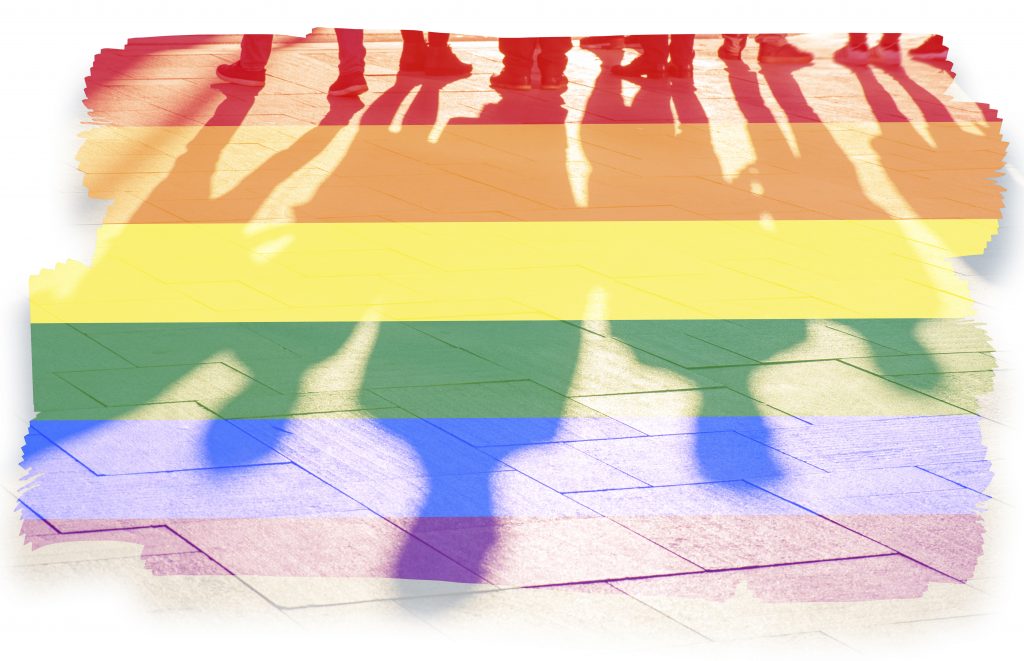
As Canada continues to adapt to new ways of connecting while practicing physical isolation, we must not forget the importance of days like the International Day Against Homophobia, Transphobia and Biphobia (IDAHOTB), a worldwide celebration of sexual and gender diversities marked annually on May 17th. Now, more than ever, we must be vigilant in ending…
Combating social exclusion in sport and recreation through participatory policy development
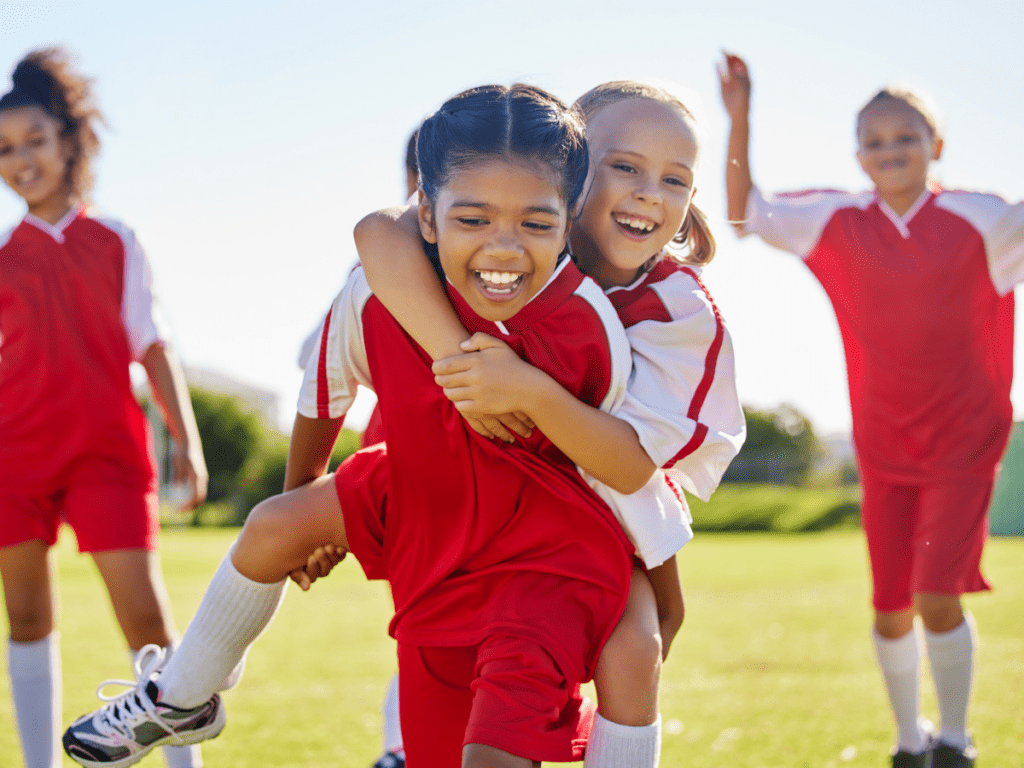
Project Summary The purpose of this study was to examine how experiences with physical activity for recent immigrant Chinese women living in Vancouver can inform Canadian sport and recreation policy at the local, provincial, and national levels to increase their participation. The Chinese population is the largest ‘visible minority’ group’ in Canada, yet little is…
A framework for creating a campus culture of compassion: A participatory action research approach to equality
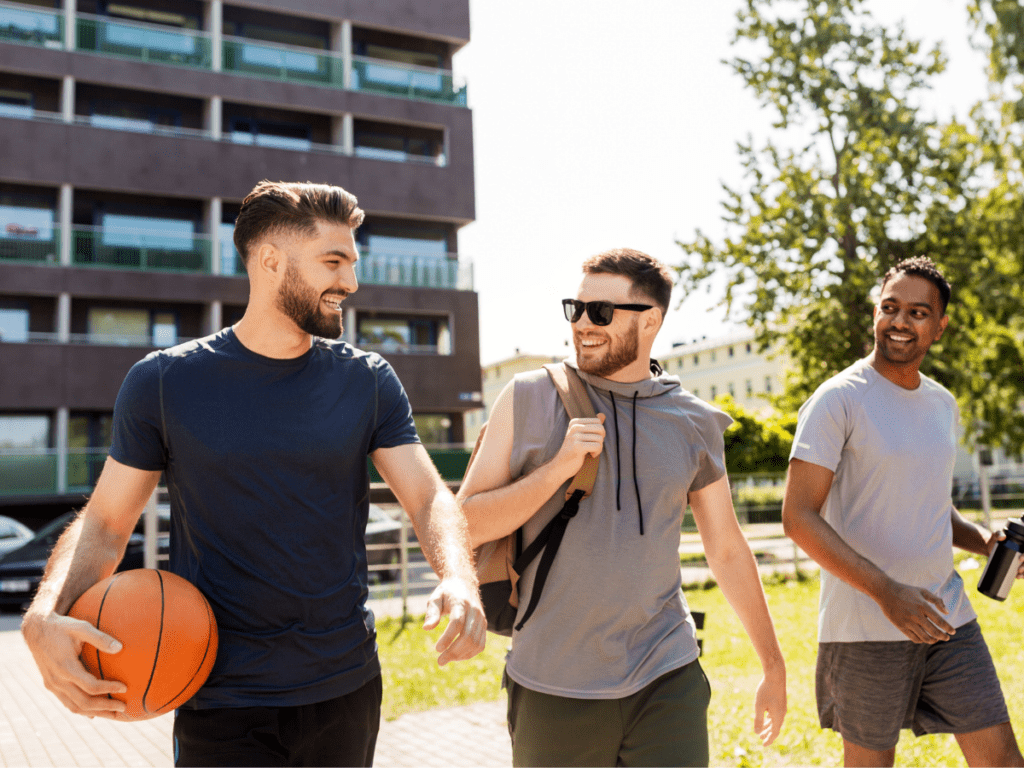
Project Summary This dissertation united key stakeholders from the University of Guelph community in order to examine issues around accessibility and inclusion of students with disabilities in campus recreation and sport opportunities. The research team included representatives from the University of Guelph’s Centre for Students with Disabilities and the Department of Athletics, an undergraduate student…
Children with ADHD and physical activity behaviours: What happens when the village turns its back on you
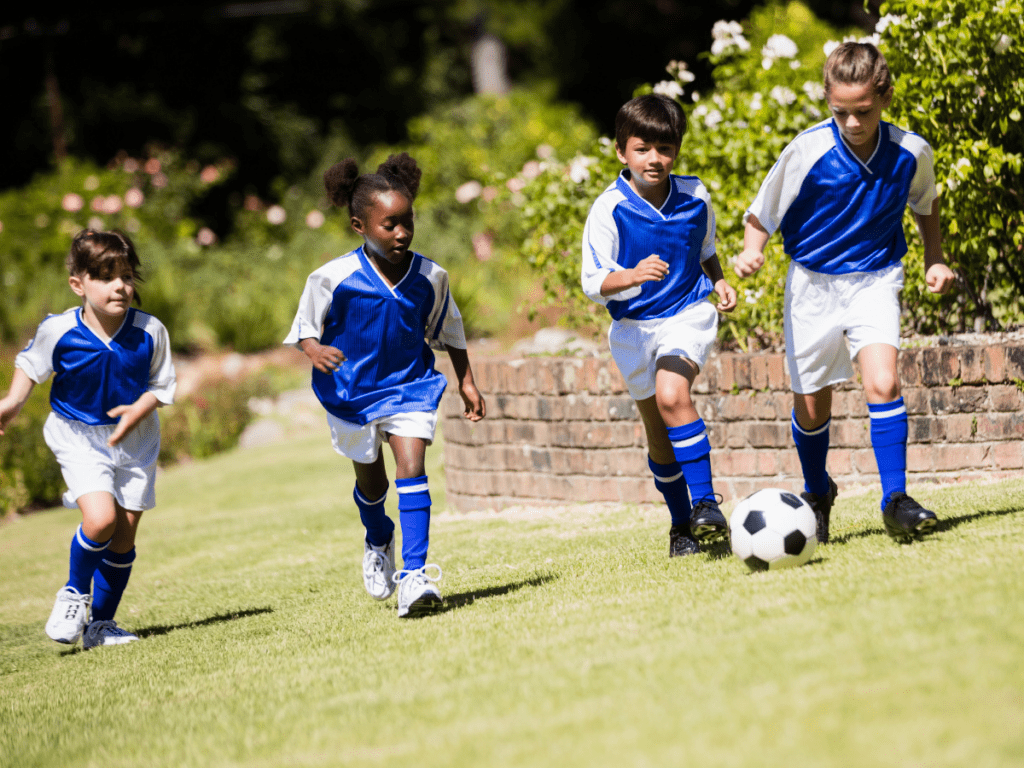
Project Summary The three main objectives for this research project were to: (a) describe the physical activity (PA) behaviours of children with attention-deficit hyperactivity disorder (ADHD), (b) explore the feelings and attitudes that children with ADHD and their parent(s) had about PA, and (c) generate a grounded theory of PA and children with ADHD. The…
Creating Inclusive Workplaces in Sport and Physical Activity

According to the 2017 Canadian Survey on Disability, one in five Canadians (6.2 million) aged 15 years and older experience one or more disabilities that limited them in their daily activities. The Survey also reported that while 59% of working age adults with disabilities are employed, there are significant differences amongst those with mild disabilities…
Chinese-Canadians’ perspectives on health & sport participation
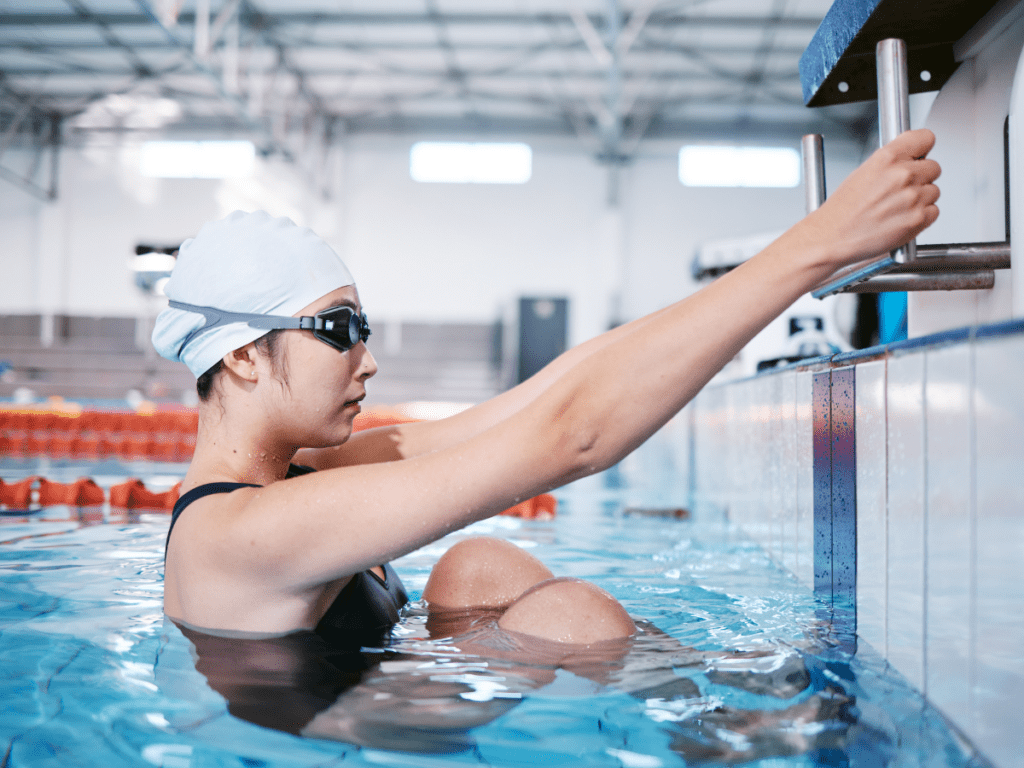
Project Summary The main objective of the project was to investigate Chinese-Canadians’ perspectives about health and sport practice. Overall, participants reported both positive and negative changes in their perspectives and practices related to health and sport participation after immigrating to Canada. They experienced both cultural conflicts and integration. Multiple factors influenced their sport participation. For…
Name Mispronunciation
New findings from the University of Alberta found that ethnic-minority students felt disrespected when people mispronounced their last names, but appreciated it when people made an effort to get it right. With many organizations committed to making sport environments welcoming and inclusive, asking for correct pronunciation is a best practice to demonstrate respect and educate…
Physical Activity Guidelines
Fewer than 1 in 5 Canadians meet Canada’s physical activity guidelines, and low-income Canadians are 33% less likely to be active than higher earners. For low-income families, it’s about more than just cost – safety concerns and lack of time also limit physical activity. Are context-specific guidelines the answer?
2020 Arctic Winter Games: Cultural Program & Gala – A Circumpolar Approach
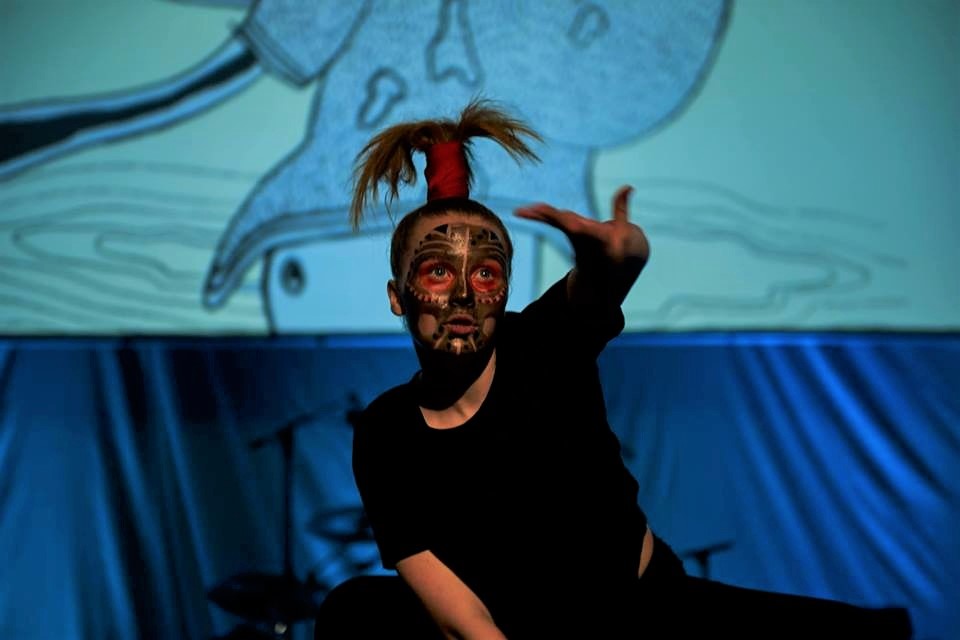
This is the fourth blog of a series leading up to the 2020 Arctic Winter Games that will be hosted by Whitehorse, YT March 15-21, 2020. Check out the previous blogs about the development of the Games, volunteer recruitment, and First Nations engagement. Since the Arctic Winter Games (AWG) began in 1970, cultural exchange and…
SIRCTalks Episode #11
In the latest SIRCTalks episode, Building Capacity Through Research, Amreen Kadwa discusses how she used research on inclusivity in sport to support the development of Hijabi Ballers – a community-based organization that celebrates Muslim women and girls in sport. Watch it here.